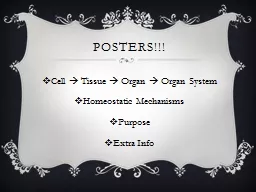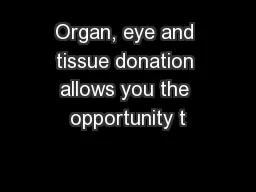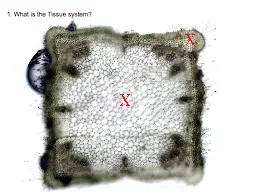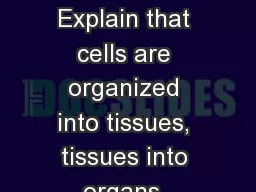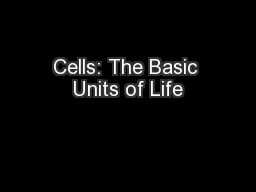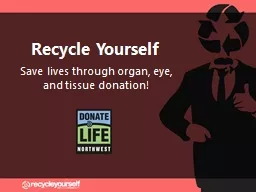PPT-Posters!!! Cell Tissue Organ Organ System
Author : stefany-barnette | Published Date : 2020-04-05
Homeostatic Mechanisms Purpose Extra Info Family Feud Kind Of Question 1 What is it called when a group of organs function together to perform a certain role or
Presentation Embed Code
Download Presentation
Download Presentation The PPT/PDF document " Posters!!! Cell Tissue Organ �..." is the property of its rightful owner. Permission is granted to download and print the materials on this website for personal, non-commercial use only, and to display it on your personal computer provided you do not modify the materials and that you retain all copyright notices contained in the materials. By downloading content from our website, you accept the terms of this agreement.
Posters!!! Cell Tissue Organ Organ System: Transcript
Download Rules Of Document
" Posters!!! Cell Tissue Organ Organ System"The content belongs to its owner. You may download and print it for personal use, without modification, and keep all copyright notices. By downloading, you agree to these terms.
Related Documents

